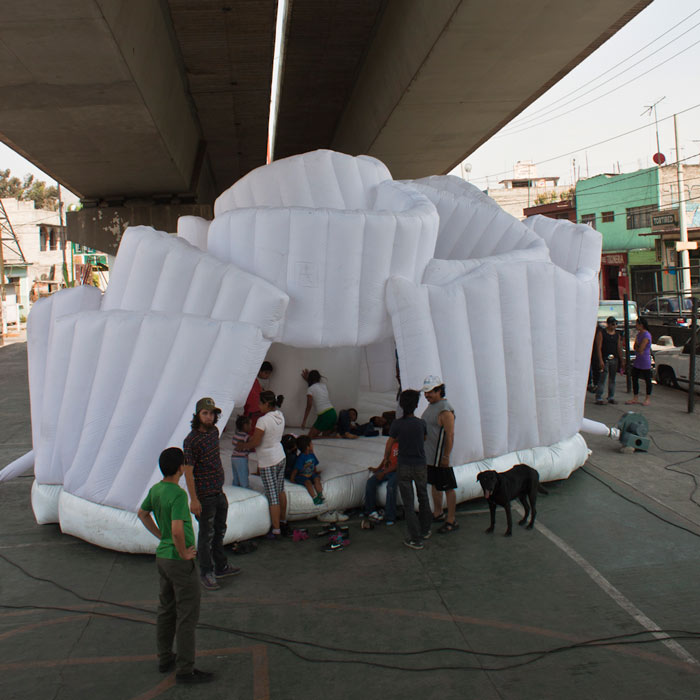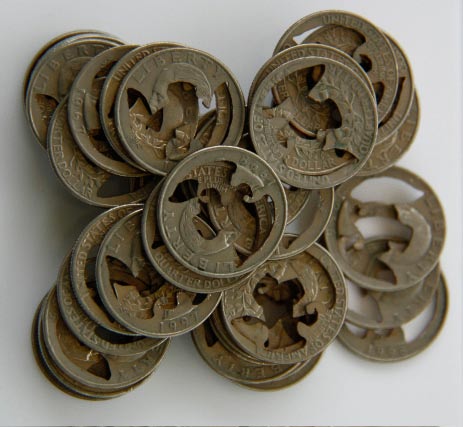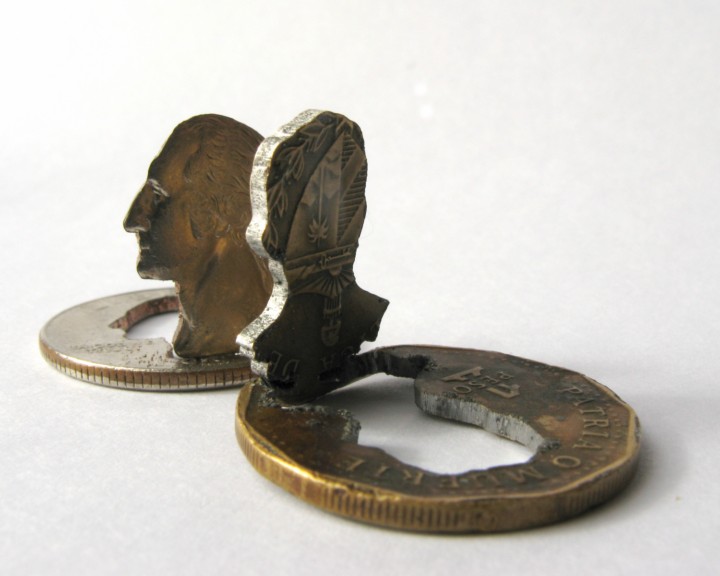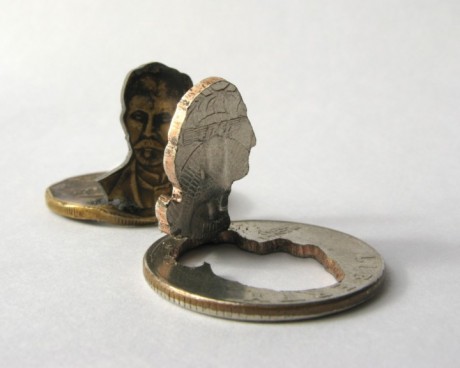Carol Vogel‘s contradictory, New York Times preview of the the German artist, Hans-Peter Feldmann’s exuberant exhibition of his $100,000 Hugo Boss Prize money on the walls of the Guggenheim Museum exemplifies the flagrant superfluousness, tantamount waste and unfortunate disconnect of the modern art world’s elite and their critics from the masses. Fortunately there are still artists outside of Gringolandia that are resisting the big business model of art production. العاب مقابل المال Hoping that Feldmann’s stark visual play might stem from some sort of altruistic artistic effort, not until the end of Vogel’s article is the ironic fact revealed. بيت 365 Feldmann would keep the money for the spending as soon as the exhibit closes. موقع 365 سبورت
Vogel contradictoraly posits his article as if Feldmann’s extravagant, though, in my opinion, unimaginative and hardly innovative display of his large sum art prize money on the walls of the haut monde Guggenheim, was not going to spend the money. This auspicious editing points directly to the powerful bastion of conservatism’s privileged perspective and notoriously blue journalism, worst of all among maters of liberal concerns and spaces. None of us should really be surprised at the notion that wealthy liberals can turn out to be disturbingly more miserly than their conservative counterparts. Not withstanding, the museum will hike up security in its bourgeois distrust of the proletariat, whom they assume won’t be able to resist the opportunity to get their grubby hands on the prize money decorating the walls of the museum, all in the name of art. It’s astounding what high society will continually allow pass as “art.”
Though my own critique might border on a moralist, dare I say conservative exegesis of an otherwise informative article and absorbing display of the elite’s disregard, I’m more concerned with Fredmann’s ridiculous caution that the exhibit not be interpreted as a critique of capitalism, taking exhaustive measure to make sure the illustrious museum utilized used one dollar bills in the display instead of crisp new bills. Feldmann reportedly expressed his interest in “showing the quality of,” the uniqueness of the $100,000 USD in it’s everyday ordinariness, as if art patrons and regular folk couldn’t imagine the spectacle of such an astounding amount of money and really needed to walk through a vault of what they’ll never attain.
The fleeting, temporal quality of the exhibition seems to me, a stark display of defunct, capitalist desire and devaluation as avant approach and art solely as ephemeral experience instead of a tool for resistance and empowerment for the artists or the audience. What more could the exhibit do other than conjure awe at the profligate spending of society and the institutions that promote such tasteless displays of “high art.” Perhaps, it was Feldmann’s very intent to arise such unrest in the socially conscious, and working-class artists among us, but at the end of the day he’ll still walk home with $100,000 for his life long work and dedication to pushing ingenious methods in modern art.
Despite Feldmann’s alligation that in his early career during the ’50s there was “no money in the art world,” Vogel unwittingly disproves this victimizing notion, as he compares the display of the Huge Boss award money to Warhol’s pop-art piece, created only a decade later, the “1962 silk-screen painting “200 One Dollar Bills,” which sold for $43.7 million at Sotheby’s two years ago.” Any hard working person knows that money comes and money goes, especially in a U.S. economy debilitated by the failures of the capitalism system. I concede that Mr. Feldmann’s passing installation coincides with every poor and working class person’s reality in that one respect. However, once the show is over, the money will still be Feldmann’s for the spending.
Feldmann, not wanting people to consider his exhibition of the massive prize money as gloating or crass rejection of the prize and the legendary institution, reiterates he “is not at all against the musuem.” From May 20 to Nov 2nd, the exhibit will captivate recession recovering audiences, yet in another part of the world, just south of the open wound where the first world grates up against and the visages of the developing world it unabashedly exploits, there are other artist currently commenting and challenging the Guggenheim and the elite worlds useless perceptions of art. Even, fellow NYT writer, Karen Rosenberg, seems to be more critical of the exhibit, offering up the impressively political efforts by past Huge Boss Award winners. Though not as polemic as Emily Jacir’s pro-Palestinian art, just a border hop away, similarly authentic, conceptualist artists are challenging the U.S., the global economy and notions of art through use of conventional means.
In Mexico City, two allies Eder Castillo (México) and Mauricio Esquivel (El Salvador) are pioneering a critical, impressively truculent yet functional mode of art, truly inspiring engagement of art with the masses. Following the work of Cuban artist, Yoan Capote, Esquivel converts U.S. quarters and Cuban currency into works of masterfully crafted conceptual art. Esquivel not only uses the coin as material for his work but converts it into what Clara Astiasarán calls, “symbolic capital,” whereby the concrete and fetishized object takes on a discourse with formalist art. Considering again what Feldmann’s work aims to achieve, a comment on the temporal nature of the objectified art objects themselves, Esquivel pushes further. Astiasarán notes that “if Esquivel’s work had been manufactured through mass production, [much like the original currency is] his work would immediately abandon the charge as a focused praxis related simultaneously to exclusivity and poverty.” Esquivel’s work aims at a dialogue between, “mastery and misery,” craft and mass production.

Similarly, Mexican artist Castillo will currently be exhibiting his recent work, known affectionately as el “Guggensito,” roughly translated as “little Guggenheim,” an ingenious, life-size inflatable, pristine white replica of the Guggenheim’s daunting exterior. A renown conceptual artist, curator and installation artists in México, D.F. strives to have his work engage with the masses, whereby his audience can interact with exclusive and elite establishments such as the Guggenheim, an edifice and institution which most working-poor Mexicans will never get the chance to step into. Audiences are invited to write on the walls of the “Guggensito” as well as jump around in its open, safe space. The “Guggensito” stands as a welcome invitation for families, youth and young artists to conceive of the elite art world as more accessible, instead of a stogy, erroneous and self-serving machine, reproducing capitalist ideologies without regard or concern for the people that patron or consume these works, as untouchable and immaculate luxuries.

Castillo’s work, paid for through personal investment and government funding inaugurated at el Museo Ex-Teresa Arte Actual on June 10th, marking a critical denouncement of First-World privilege and frankly out of touch art practices such as Feldmann’s simplistic exhibitionism. Esquivel’s continuing series, “Línea de desplazamiento /Line of Displacement’” and photographic documentation of Castillo’s “Guggensito,” serve as stark contrasts to the entitlement of first world “artistic’ production and producers.

Just as Castillo’s work confronts those nonpareil institutions with a seemingly tongue and cheek reproduction of the Guggenheim, so to Esquivel’s defacement of first-world currency combats and turns the coin on its head, challenging the economic exports invasions, imperial history and continued, though disguised dominance in Latin America. Esquivel’s work also calls to attention the division, that stark line between the communist economy of Cuba, face-to-face with the U.S. quarter as icon, as much as an imperialistic tool. Whereby both artists challenge in their dedication to form and function, trade, craft and work, in crude juxtaposition, Feldmann’s display of grotesque capitalism disconcerts and disturbs more than it disrupts.
